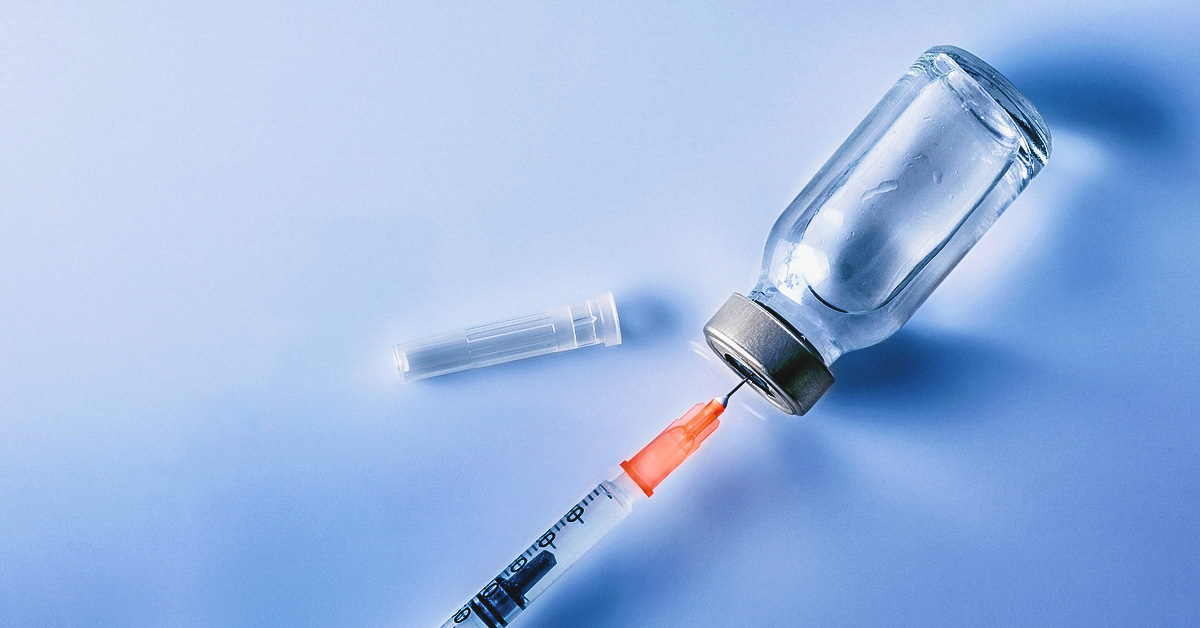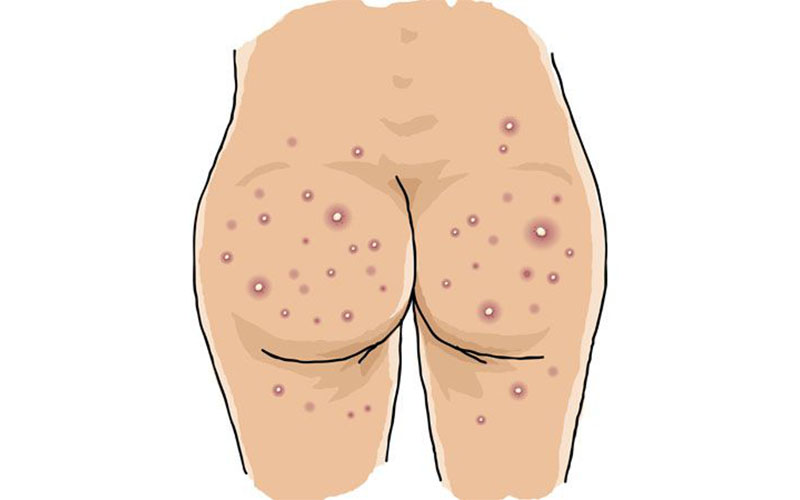Shingles is a fairly common condition caused by varicella-zoster, the same virus that causes chickenpox. According to the National Foundation for Infectious Diseases, 1 in 3 adults in the United States will get shingles during their lifetime.
For adults who are otherwise fairly healthy, shingles is not life threatening, though it can be quite uncomfortable.
However, when left untreated, shingles may cause complications. For certain people — such as those over the age of 65 or whose immune systems are compromised — these complications could lead to death.
This article will cover the symptoms of and risks for shingles, as well as how to spot a shingles-related health emergency.
How dangerous is shingles?
Shingles isn’t considered a dangerous health condition.
Each year about 1 million new cases of shingles are reported in the United States. Most people recover and resume their normal activities once they’re no longer infectious.
However, if shingles isn’t treated, particularly severe cases can lead to death.
People with autoimmune conditions and people over the age of 65 are at a higher risk for shingles complications.
Women who are pregnant may also be concerned if they develop shingles. You and your baby will most likely be safe. However, talk with your healthcare provider if you’re pregnant and suspect you have shingles.
How to decrease your risk of complications
Treating shingles early can help shorten the lifespan of the virus.
If you’re able to shorten the infection, you’ll decrease your risk for complications from the virus. Antiviral medication is recommended as a first line of treatment when you’re diagnosed with shingles.
Getting a varicella vaccination can help you to avoid contracting shingles and chickenpox. Even if you’ve already had shingles, a vaccination against shingles can help to prevent the virus from reactivating in your system.
Complications of shingles
The most common complication associated with shingles is postherpetic neuralgia (PHN). PHN is long-term nerve pain that can occur in the area where your shingles rash appeared.
According to the Centers for Disease Control and Prevention (CDC), 10 to 18 percent of people experience PHN after a shingles outbreak.
The older you are when your shingles appears, the higher your risk for long-term nerve pain.
If the virus is left untreated, your risk for other complications related to shingles increases.
Examples of other possible complications include:
- vision loss or eye damage if the virus gets into your eyes
- hearing loss or hearing difficulty due to Ramsay Hunt Syndrome
- partial paralysis in facial muscles
- bacterial skin infections as a result of shingles lesions that take a long time to heal
- pneumonia
- brain inflammation (encephalitis)
- stroke
- meningitis
- permanent damage to your nervous system and spine
If left untreated, some complications of shingles can be fatal. Pneumonia, encephalitis, stroke, and bacterial infections can cause your body to go into shock or sepsis.
Symptoms of shingles
If you’ve ever had chickenpox, the virus that causes the condition can reactivate in your body. When this happens, it’s called shingles.
Shingles isn’t transmitted directly from person to person, but direct contact with someone’s shingles rash can transmit the virus, which can lead to chickenpox.
Symptoms of shingles come in stages.
The first stage is a tingling or numb sensation under your skin. After about 5 days, that tingling turns into a patchy red rash. This rash may ooze and itch.
Other symptoms include:
- fever
- fatigue
- headache
After 10 days to 2 weeks of having lesions, your shingles rash should start to heal with proper treatment.
Even after your rash starts to go away, you may still experience fatigue and flu-like symptoms for a brief period of time. After your rash is completely gone, you may continue to have nerve pain for weeks or even years.
Risk factors for shingles
If you’ve ever had the varicella-zoster virus, you’re considered at risk of developing shingles. Certain health conditions and other factors can make shingles more likely to develop.
These risk factors include:
- having a disease that weakens your immune system, such as HIV and cancer
- receiving cancer treatment or other medications that weaken your immune system
- experiencing long-term use of steroids, like prednisone
- being over the age of 50, which puts you at greater risk for shingles
It’s important to note that people over the age of 80 have the highest risk of developing shingles.
Preventing shingles
The most effective way to prevent shingles is to get the shingles vaccine.
If you’re over the age of 50, it’s recommended that you get the Shingrix vaccine. Even if you’ve never had chickenpox, the vaccine is still recommended as a preventive measure.
According to the CDC, the U.S. Food and Drug Administration (FDA) has approved two vaccines to prevent shingles.
Zostavax is an older vaccine that can protect adults over the age of 60 against shingles for 5 years or more.
The FDA approved the Shingrix vaccine in 2017, and it may protect you for more than 5 years. If you have a weakened immune system, it’s recommended that you get the Shingrix vaccine.
According to the Mayo Clinic, you can get Shingrix even if you’ve received Zostavax in the past.
Key takeaways
Shingles isn’t a serious condition for most people who get it.
Within 3 to 5 weeks, the shingles rash should start to fade. Prescription medication, resting, and drinking plenty of water can help you to heal faster.
If you don’t heal quickly, you’re at a higher risk for complications from shingles. People who could be severely affected by these complications include those:
- with compromised immune systems
- who are in treatment for cancer
- who are over the age of 65
- who are pregnant
If you suspect that you have shingles, speak to your healthcare provider right away to create a treatment plan.





